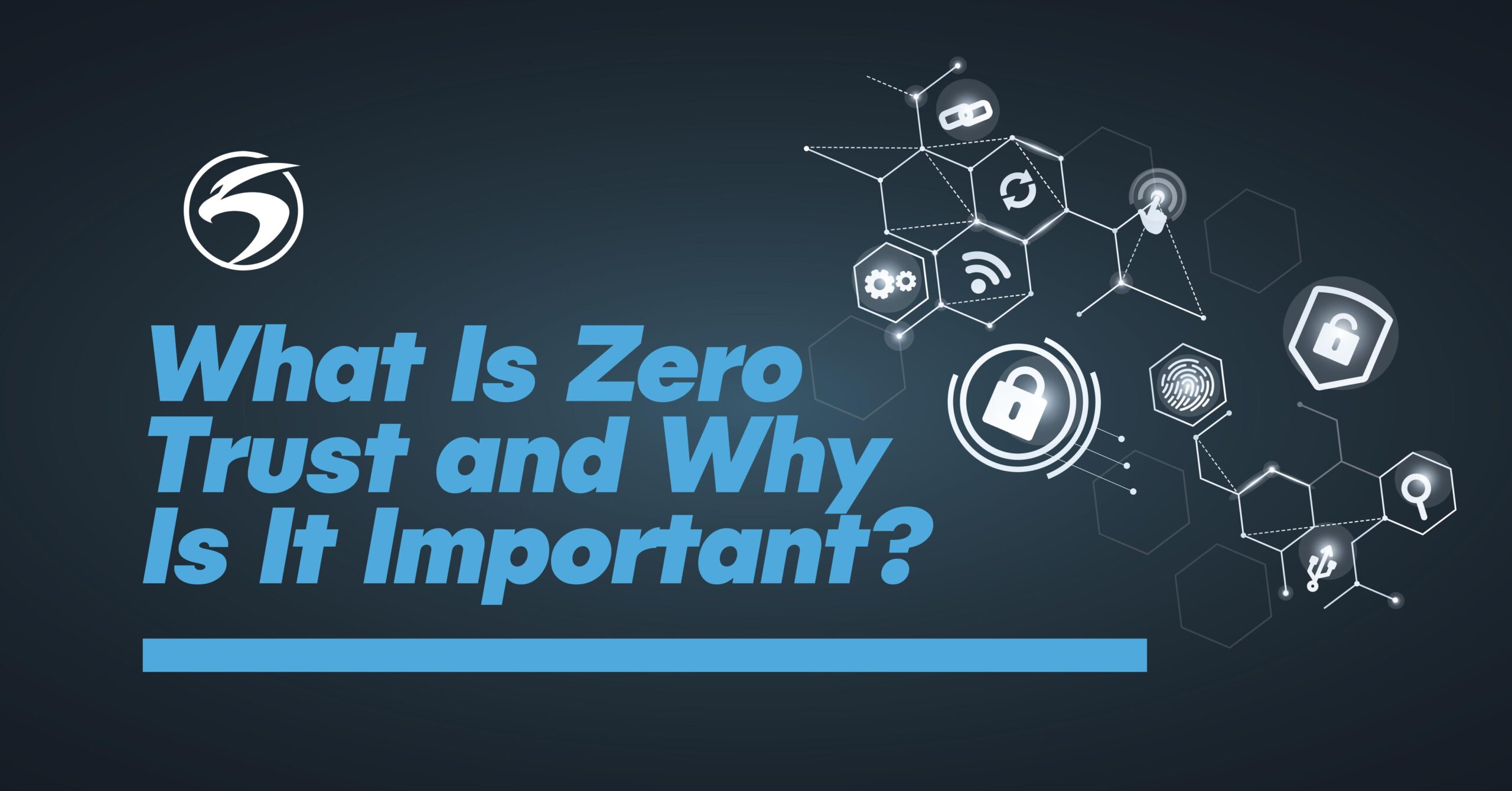In 2025, as artificial intelligence becomes deeply embedded in cybersecurity, small businesses face unique challenges in securing their digital operations. In our recent social post, we asked, “Are we securing AI itself?” Now, we take a deeper dive into the top ai security practices for small business. This article outlines actionable strategies that help small companies fortify their AI systems while mitigating associated risks.
1. Define AI’s Role & Limit Permissions
Clearly delineate how AI tools are integrated into your cybersecurity framework and restrict their permissions to reduce potential risk.
Key Practices:
-
Role Identification: Map out specific use cases for AI in your cybersecurity operations (e.g., threat detection, automated responses).
-
Permission Limitation: Implement strict access controls so AI systems only access essential data.
Board: AI Role & Permission Guidelines
| Aspect | Best Practice | Benefit |
|---|---|---|
| Role Identification | Document AI functions and applications | Clear understanding of AI scope |
| Permission Limitation | Use role-based access controls | Minimizes exposure and risk |
2. Ensure Data Quality and Protect Sensitive Information
High-quality, accurate data is the backbone of effective AI. Protect sensitive information through encryption and regular audits.
Key Practices:
-
Data Verification: Continuously audit data sources for accuracy.
-
Data Protection: Use robust encryption and security protocols.
Data Quality & Protection Measures
| Measure | Action | Impact |
|---|---|---|
| Data Verification | Routine audits and monitoring | Improved AI decision-making |
| Data Protection | Encryption & secure storage | Reduced risk of data breaches |
3. Verify Application Authenticity & Understand Privacy Policies
Before integrating any AI applications, ensure their authenticity and review their privacy policies.
Key Practices:
-
Application Vetting: Conduct background checks and validate vendor credibility.
-
Privacy Policy Review: Ensure adherence to regulatory standards (e.g., GDPR).
4. Keep Software Updated
Regularly update AI and security software to patch vulnerabilities and enhance performance.
Key Practices:
-
Automated Updates: Enable auto-updates where possible.
-
Patch Management: Monitor and apply patches on a regular schedule.
Software Update Best Practices
| Practice | Action | Benefit |
|---|---|---|
| Automated Updates | Enable auto-updating features | Ensures timely vulnerability fixes |
| Patch Management | Scheduled reviews and patches | Sustained software integrity |
5. Maintain Continuous Monitoring & Human Oversight
Augment AI-driven monitoring with human expertise to identify and respond to anomalies promptly.
Key Practices:
-
Real-Time Monitoring: Implement continuous monitoring tools for immediate threat detection.
-
Human Oversight: Have cybersecurity experts analyze AI-generated alerts and take corrective actions.
6. Stay Informed About Emerging Standards and Compliance Requirements
The dynamic nature of cybersecurity demands that businesses stay updated on emerging standards, new regulations, and best practices.
Key Practices:
-
Ongoing Education: Regular training and workshops for your cybersecurity team.
-
Industry Engagement: Subscribe to leading cybersecurity publications and join relevant forums.
Conclusion
AI in cybersecurity presents both benefits and challenges for small businesses. Implementing top AI security practices can safeguard digital operations, ensure data integrity, and maintain robust threat defenses.
Protecting your small business in the age of AI doesn’t have to be complex or break the bank.
At Strivehawk, our mission is to make impactful digital security solutions accessible to businesses of all sizes. Ready to learn how we can help you implement robust AI security practices? Contact us for a free consultation.
Related Articles
Recent Cybersecurity Developments in 2025: Trends, Threats, and Solutions


